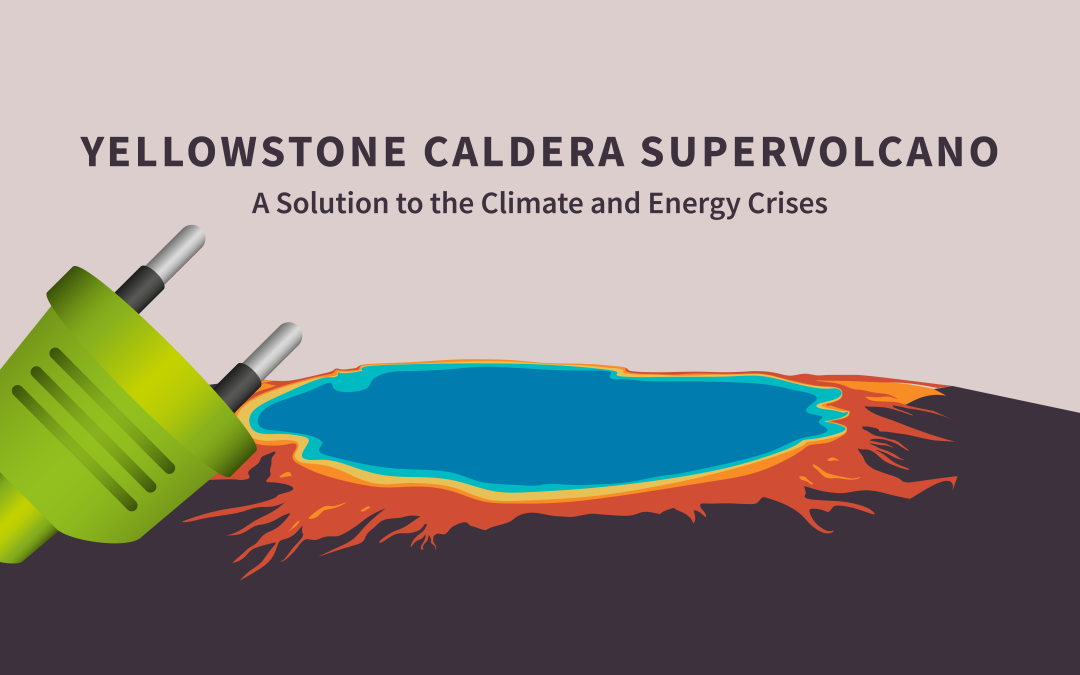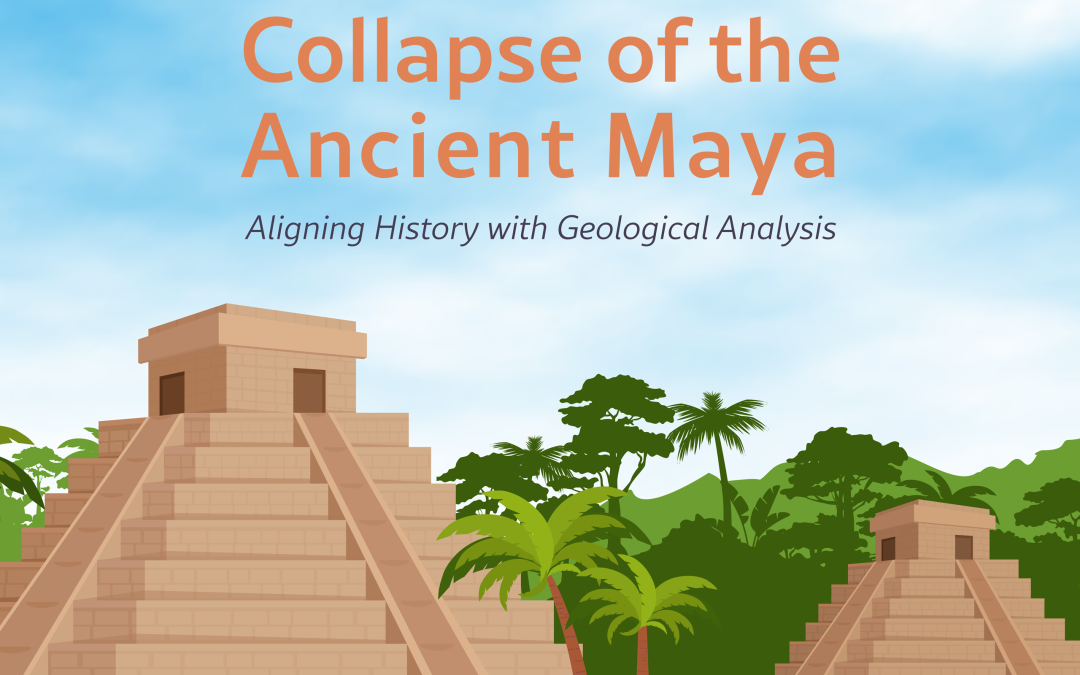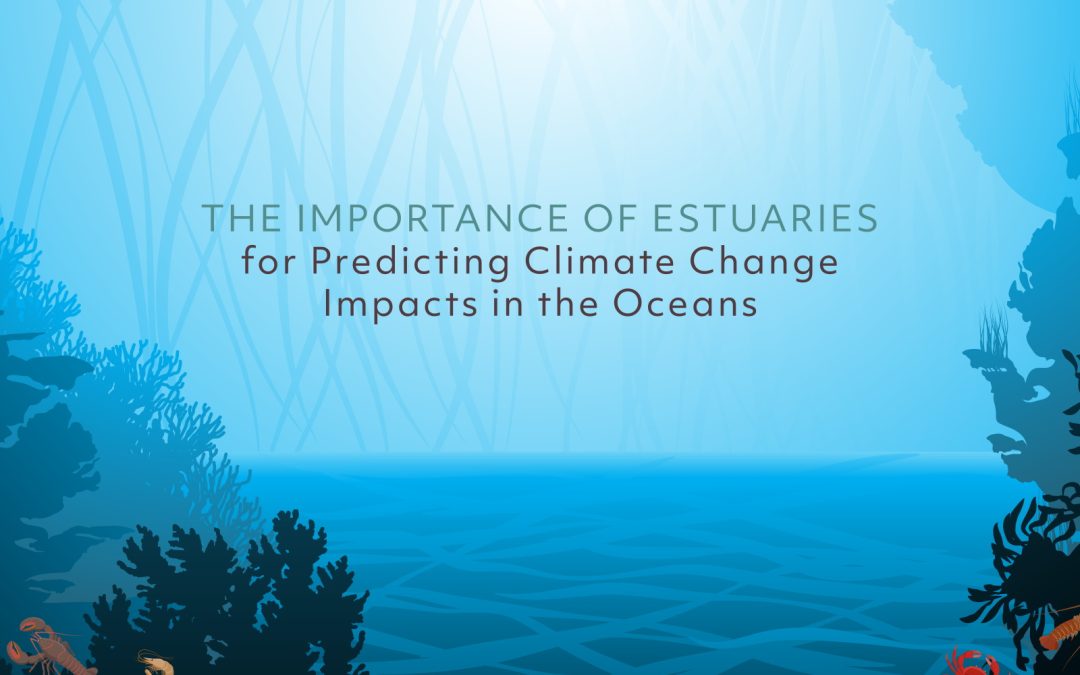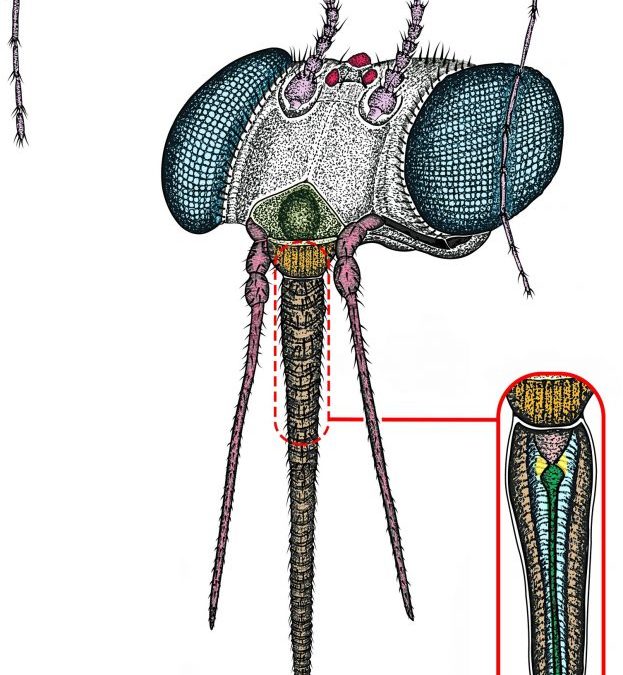
by admin | Nov 23, 2022 | earth and environment animated, engineering and tech animated, research animated
The global climate crisis poses a major threat to human civilisation. The combustion of fossil fuels to generate energy is the primary cause of this crisis, due to the greenhouse gases released into the atmosphere. At the same time, the Earth faces another great crisis. Underneath Yellowstone National Park in Wyoming, USA, lies one of Earth’s most powerful volcanoes, which has the potential for an eruption that would be catastrophic to the entire world. Researchers Dr Thomas Arciuolo and Dr Miad Faezipour propose a solution to both of these problems, by harnessing the mighty energy reserve within the Yellowstone Supervolcano to generate clean, emission-free power – turning the Yellowstone curse into an immense blessing.

by admin | Nov 9, 2022 | earth and environment animated, research animated
Between 800 and 1000 CE, one of the world’s most advanced ancient civilisations underwent a devastating decline. The collapse of ancient Maya society has widely been attributed to a century-long drought; but so far, there have been few efforts to quantify this event, or to equate scientific findings with historical sources. Through new geological and paleoclimatological analyses, Dr Martín Medina-Elizalde at the University of Massachusetts, Amherst has revealed that the climate changes experienced during the drought followed more complex patterns than previously thought. His team’s discoveries could have important implications for predicting our own society’s future.

by admin | Nov 9, 2022 | earth and environment animated, research animated
Climate change is threatening the world’s marine ecosystems in myriad ways, due to rising temperatures, ocean acidification, and sea-level rise. Another often-overlooked effect is that warmer temperatures and changing weather patterns can alter the transmission of many marine parasites and infectious diseases. Such diseases don’t just impact their host populations, as cascading effects can disrupt entire ocean food webs. Krti Tallam at Stanford University studies the evolution of marine parasites and diseases, along with the broader implications for marine ecology. In a recent review paper, Tallam focuses on critically important ecosystems within intertidal zones.

by admin | Oct 4, 2022 | biology animated, earth and environment animated, research animated
When a species’ habitat shrinks, its populations decline. Individuals that persist in remaining islands of habitat have no choice but to breed with their relatives, reducing the health and fertility of their offspring. Researchers at Monash University seek to increase genetic diversity in small populations, helping them rebound. They have established ‘genetic rescue’ methods to save many endangered species from extinction, collaborating with wildlife agencies to test solutions.

by admin | Sep 14, 2022 | earth and environment animated, research animated, stem education animated
The College of Agriculture and Natural Resources at the University of Maryland College Park provides exciting student experiences through three innovative programs: AgDiscovery, Summer Opportunities in Agricultural Research and the Environment (SOARE), and SOARE: Strategic Work in Applied Geosciences (SOARE:SWAG). These educational initiatives aim to build a stronger scientific workforce by inspiring young people from underserved communities to pursue science careers.

by admin | Jun 20, 2022 | biology animated, earth and environment animated, research animated
Historically, controlled forest burning in western North America created a forest patchwork that limited the size and severity of wildfires. Over the last 200 years, however, fire suppression created large areas of dense tree stands. As droughts and temperatures increase due to climate change, these dense forests are now at increasing risk from extremely severe wildfires.






